Without doubt the biggest news in space recently has been the discovery of an air leak onboard the International Space Station (ISS) and even more disturbing, the possibility that the leak had been deliberately made “by human hand”! Indeed with the discovery of drill bit marks around the, too circular to be natural hole the idea that the leak had been caused by a micrometeorite has been officially ruled out. The image below is of the hole.
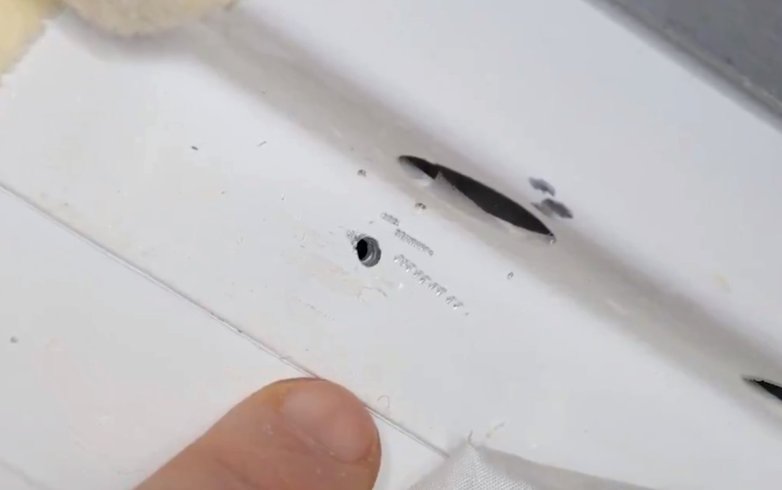
The tracking down of the hole itself had taken nearly a week after the loss of air pressure due to the leak was first noticed. It was finally found inside the Russian Soyuz MS-09 spacecraft that had carried the three members of ISS crew 56 to the station. The image below shows the Soyuz spacecraft docked at the ISS.
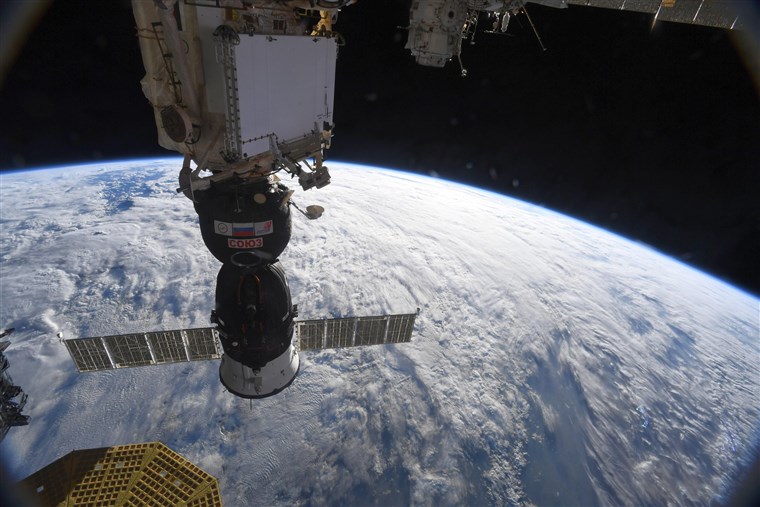
Now the crew 56 Soyuz capsule had been docked to the ISS since June 6th of 2018 so the fact that a leak was only discovered in September is strong evidence that the hole was not already in the spacecraft before it was launched. It seems very possible therefore that one of the six astronauts currently serving aboard the ISS made the hole with a hand drill; the perpetrator and his motive are as yet unknown.
So the Russians are crying sabotage while the Americans just want to stop the rumor mill and find out exactly what did really happen. With the political tensions growing between the two countries this is a serious development. Space has recently become the last area of cooperation between the US and Russia and if that is no longer true the future of the ISS is in grave doubt.
So much for the bad news, if you want some good news in space these days it seems that you can always rely on Space X Corporation. In the early morning hours of September 10th a Space X Falcon 9 Block 5 rocket was launched from Cape Canaveral carrying the Telstar 18 Vantage communications satellite, the 16th successful launch for Space X so far this year. The image below is of the Telstar satellite.
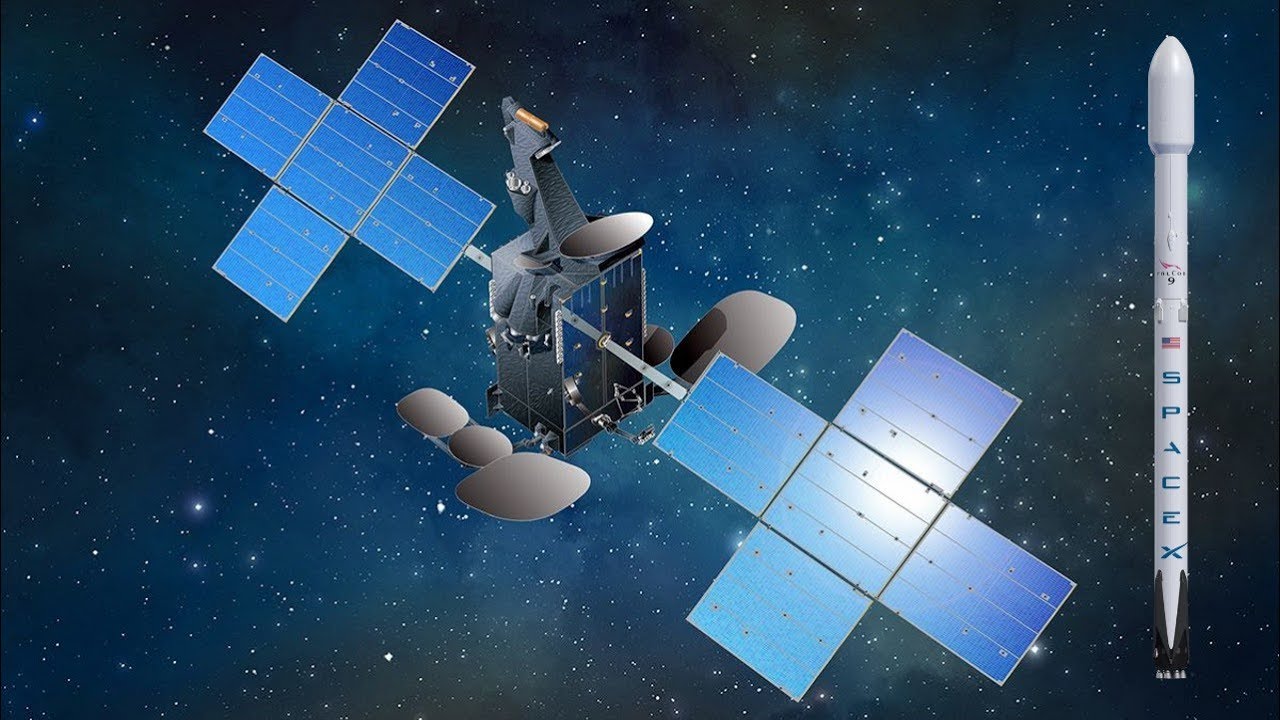
With all of the reliability we’ve come to expect from Space X the Telstar satellite was delivered to its correct geostationary transfer orbit. Meanwhile the Falcon 9’s first stage successfully landed on Space X’s recovery drone ship so that it can be reused on some future mission. The image below shows the liftoff of the Falcon 9 carrying the Telstar satellite.
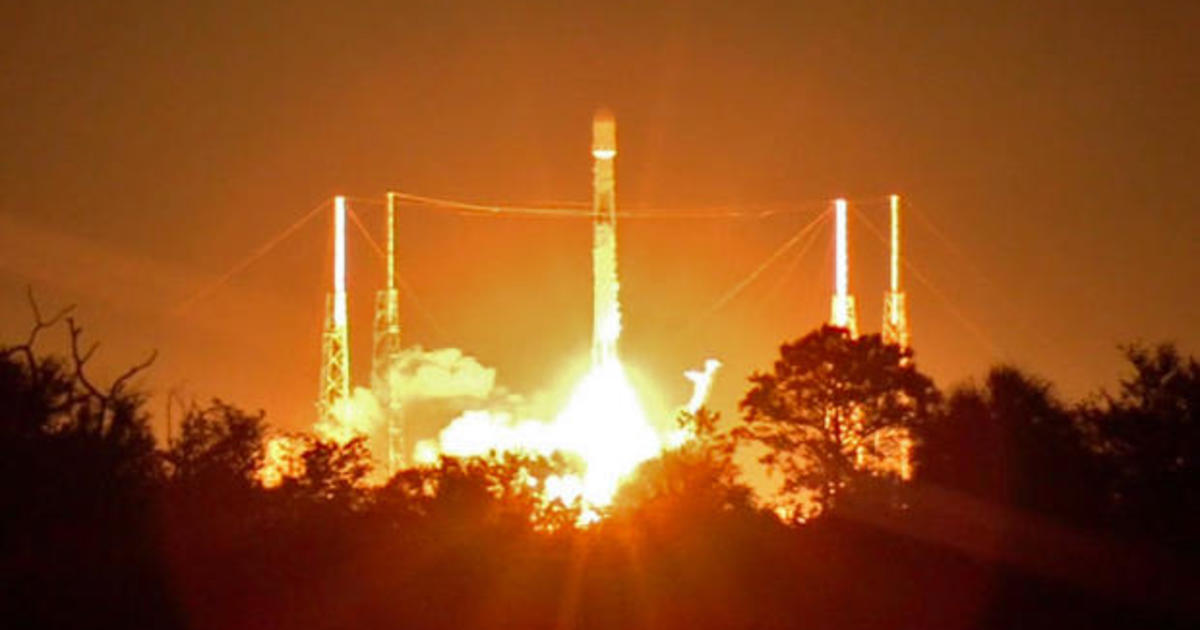
The block 5 Falcon 9 first stage variant is designed to be reflown 10 times with only minimal cleanup and maintenance between flights. After every 10 flights the rocket will undergo a major overhaul and it is hoped that eventually the first stages can be reused as many as 100 times.
Getting back aboard the ISS the Japan Aerospace Exploration Agency (JAXA) is preparing to launch it’s seventh Kounotori H-II supply capsule to the space station. Along with 6,000 kilos of food and equipment for the astronauts the Kounotori H-II will carry two ‘cubesats’ which may be small but who are going to conduct an experiment that could have huge consequences.
The two satellites measure only 10cm on each side and will be deployed outside the ISS. A 10-meter long steel tether will link the two cubesats together while a tiny motorized vehicle will attempt to move back and forth between them. The image below shows an artists illustration of the two cubesats.
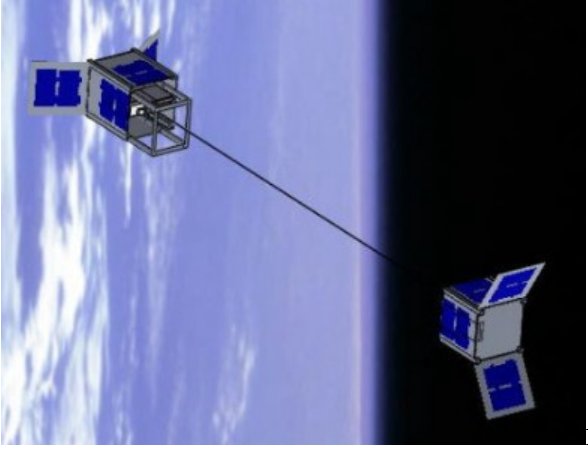
This test is intended to be the first demonstration in outer space of technology that will be needed in order to build a space elevator, a staircase to the stars that is one of the favourite ideas in science fiction novels.
For those who haven’t heard of the space elevator it is literally a tower built all of the way up to geostationary orbit (That’s 36,000 kilometers above Earth’s surface). Elevators will then take passengers and cargo into space without the danger and expense of a rocket launch. It is thought that a space elevator could reduce the cost of going into space to as little as $100 / kilo. The image below shows a possible space elevator.
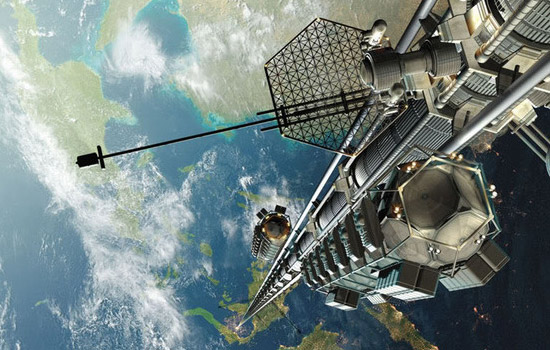
The theory behind the space elevator is sound. The problems may be numerous and difficult but do not require any radically new or unknown scientific knowledge. The technology that will be tested by the cubesats is relativity simple but even simple things sometimes behave strangely in space. The experiment will be a small first step to building a space elevator, but it will be the first step.
